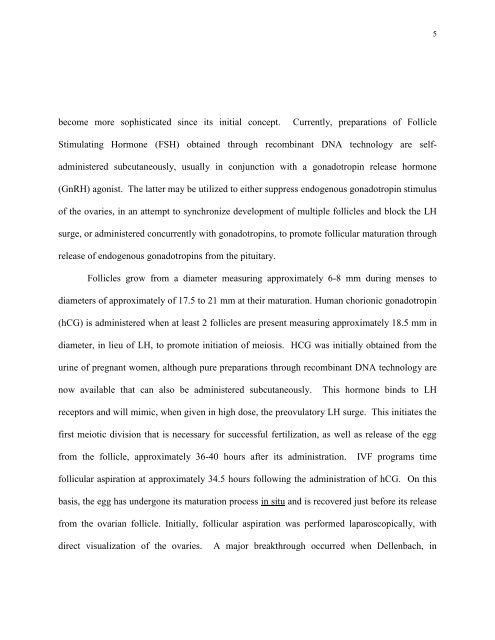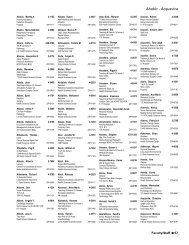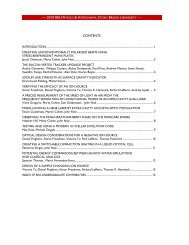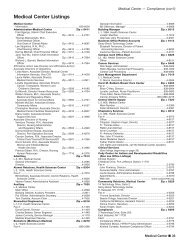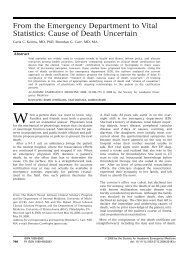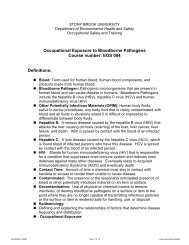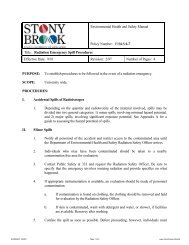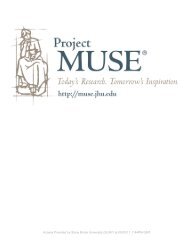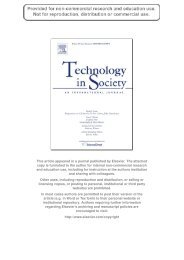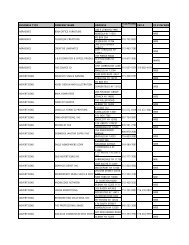Technological & Ethical Issues in Laboratory-Assisted Reproduction
Technological & Ethical Issues in Laboratory-Assisted Reproduction
Technological & Ethical Issues in Laboratory-Assisted Reproduction
You also want an ePaper? Increase the reach of your titles
YUMPU automatically turns print PDFs into web optimized ePapers that Google loves.
5<br />
become more sophisticated s<strong>in</strong>ce its <strong>in</strong>itial concept.<br />
Currently, preparations of Follicle<br />
Stimulat<strong>in</strong>g Hormone (FSH) obta<strong>in</strong>ed through recomb<strong>in</strong>ant DNA technology are selfadm<strong>in</strong>istered<br />
subcutaneously, usually <strong>in</strong> conjunction with a gonadotrop<strong>in</strong> release hormone<br />
(GnRH) agonist. The latter may be utilized to either suppress endogenous gonadotrop<strong>in</strong> stimulus<br />
of the ovaries, <strong>in</strong> an attempt to synchronize development of multiple follicles and block the LH<br />
surge, or adm<strong>in</strong>istered concurrently with gonadotrop<strong>in</strong>s, to promote follicular maturation through<br />
release of endogenous gonadotrop<strong>in</strong>s from the pituitary.<br />
Follicles grow from a diameter measur<strong>in</strong>g approximately 6-8 mm dur<strong>in</strong>g menses to<br />
diameters of approximately of 17.5 to 21 mm at their maturation. Human chorionic gonadotrop<strong>in</strong><br />
(hCG) is adm<strong>in</strong>istered when at least 2 follicles are present measur<strong>in</strong>g approximately 18.5 mm <strong>in</strong><br />
diameter, <strong>in</strong> lieu of LH, to promote <strong>in</strong>itiation of meiosis. HCG was <strong>in</strong>itially obta<strong>in</strong>ed from the<br />
ur<strong>in</strong>e of pregnant women, although pure preparations through recomb<strong>in</strong>ant DNA technology are<br />
now available that can also be adm<strong>in</strong>istered subcutaneously.<br />
This hormone b<strong>in</strong>ds to LH<br />
receptors and will mimic, when given <strong>in</strong> high dose, the preovulatory LH surge. This <strong>in</strong>itiates the<br />
first meiotic division that is necessary for successful fertilization, as well as release of the egg<br />
from the follicle, approximately 36-40 hours after its adm<strong>in</strong>istration.<br />
IVF programs time<br />
follicular aspiration at approximately 34.5 hours follow<strong>in</strong>g the adm<strong>in</strong>istration of hCG. On this<br />
basis, the egg has undergone its maturation process <strong>in</strong> situ and is recovered just before its release<br />
from the ovarian follicle. Initially, follicular aspiration was performed laparoscopically, with<br />
direct visualization of the ovaries.<br />
A major breakthrough occurred when Dellenbach, <strong>in</strong>


